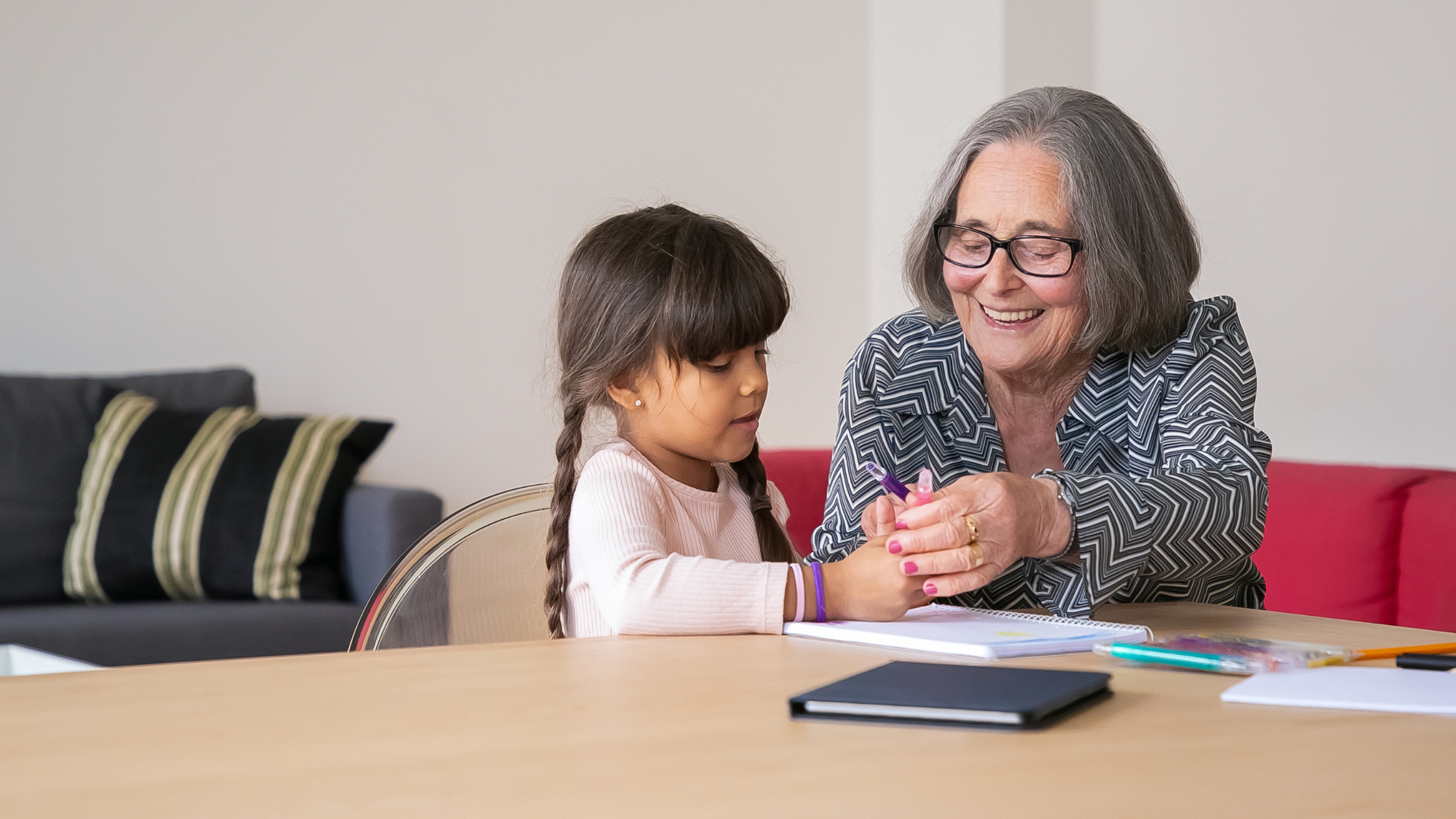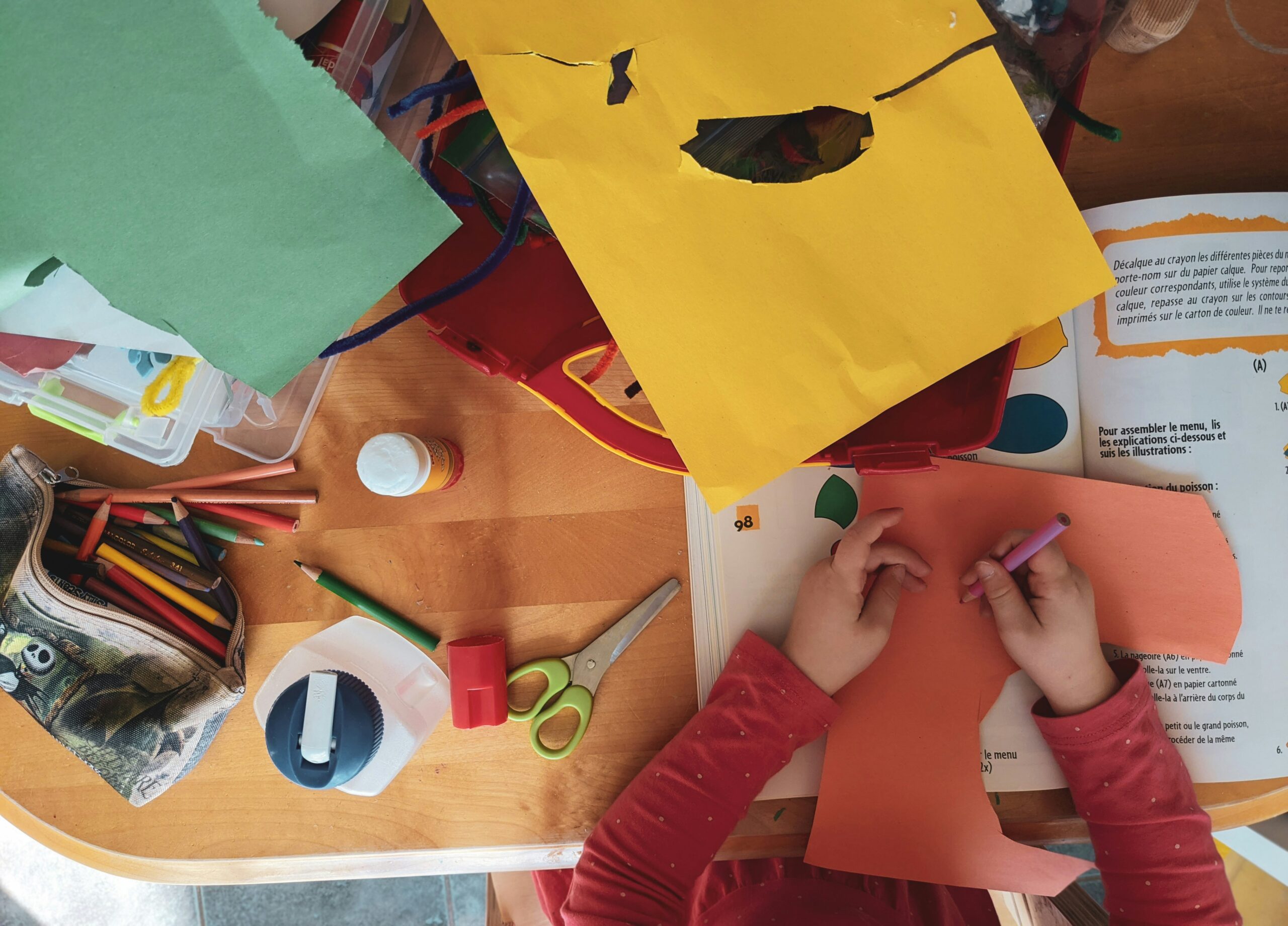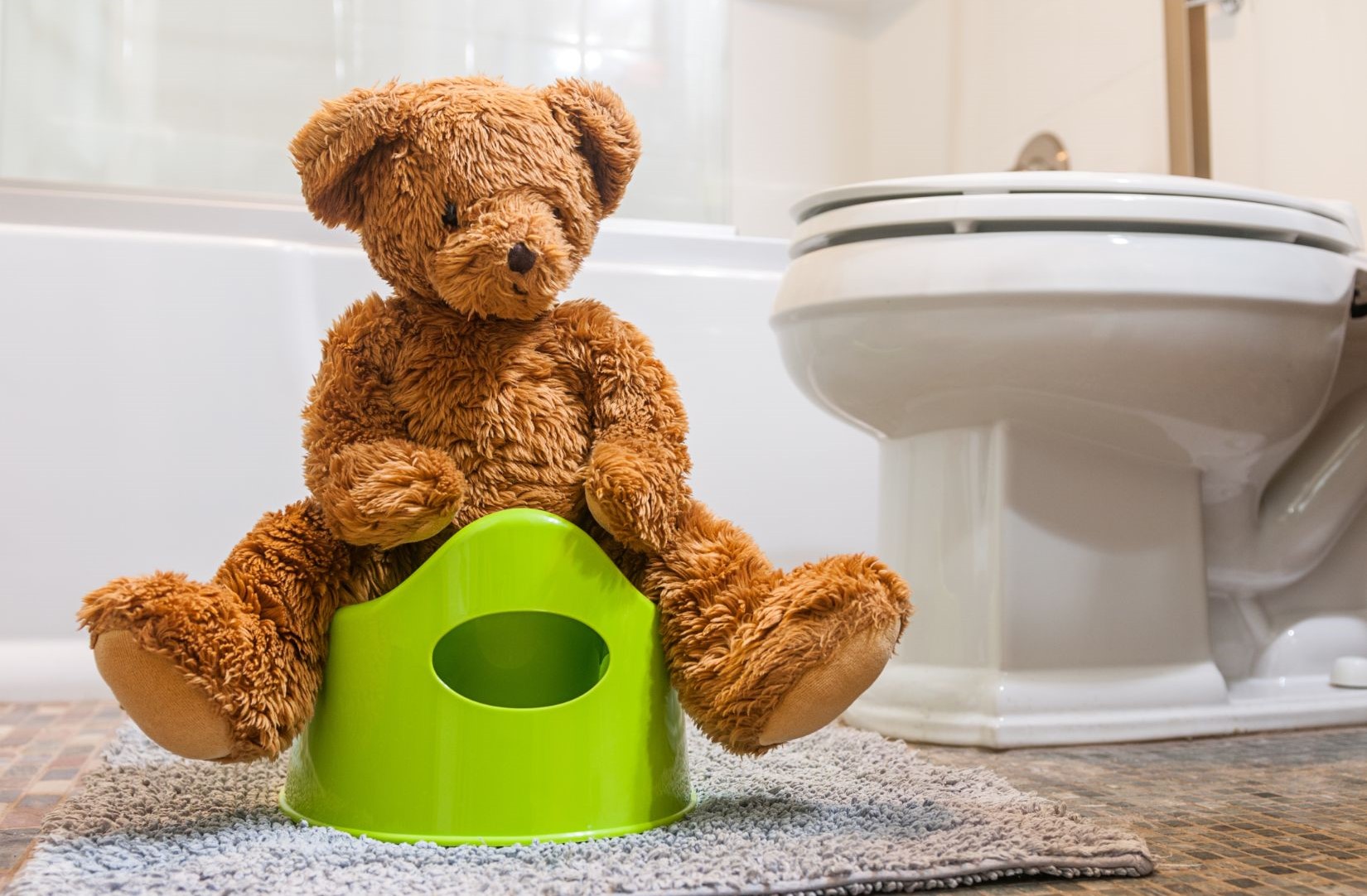Parenthood is a rewarding journey filled with joy, milestones, and countless decisions. One of the most important (and often overlooked) responsibilities is understanding your insurance coverage, especially when it comes to services like speech and occupational therapy. With a new year just around the corner, now is the perfect time to review your benefits, make any updates, and ensure your child continues receiving the support they need.
Why It Matters
Insurance coverage can change from year to year, especially if you switch plans during open enrollment. Benefits for services like therapy may vary, and delays in updating or confirming your benefits can interrupt care. That’s why we’re encouraging all families to check their insurance details and notify us of any changes as soon as possible.
Insurance Terms Made Simple
Insurance language can be confusing, so here’s a quick glossary to help:
- Insurance Policy: A contract outlining coverage, terms, and limits.
- Coverage: The medical services your plan will pay for.
- Premium: Monthly amount paid to have insurance.
- Deductible: What you must pay before insurance starts covering costs. This amount will typically reset in the new year.
- Coinsurance: The percentage of costs you pay after your deductible is met (e.g. 30%).
- Copay: A set fee paid at each visit (e.g. $25 per session).
- Out-of-Pocket Maximum/Catastrophic Cap: The most you’ll pay in a year for covered services (excluding premiums) — after which insurance pays 100%.
Steps to Prepare for the New Year
1. Review Your New Plan
Start by checking if your plan is changing in the new year. If anything about your plan has changed, or you are unsure, please send us a copy of your new insurance card to frontoffice@smalltalkspeech.com.
2. Understand Your Costs
Check what your benefits and patient responsibility are for speech therapy and occupational therapy. This information is typically listed in the “Benefits” section of your plan summary. Ask your insurance provider about:
- Copayments
- Deductibles
- Coinsurance
- Out-of-pocket maximums
3. Check for In-Network Providers
Is SmallTalk in-network? In-network therapists generally result in lower out-of-pocket costs.
4. Get a Referral if Needed
Some plans require a doctor’s referral before therapy services can begin. Check with your pediatrician and your insurer.
5. Ask About Pre-Authorization
Certain services require pre-approval before coverage begins. Skipping this step could result in denied claims.
6. Know Session Limits & Rules
Plans may place limits on how many sessions your child can attend or may limit coverage based on diagnosis.
7. What to Do if a Claim is Denied
Denied claims can often be appealed. Don’t give up! Ask your insurer for steps to initiate an appeal if needed.
8. Explore School-Based Services
Your child’s school may also offer therapy services, which can be used in conjunction with or as an alternative to private therapy.
9. Keep Communication Open
Share any insurance changes with us right away so we can help avoid coverage gaps and ensure continuity of care. You can contact us at frontoffice@smalltalkspeech.com or 619-647-6157 ext. 7 if you have any insurance updates or have any questions.
How to Check Your Benefits
When you call your insurance company, here are some helpful questions to ask:
- Is SmallTalk Pediatric Therapy in-network with my plan?
- You may need our NPI: 1619298791
- What are my benefits for these CPT codes?
- Speech Therapy: 92523, 92507
- Occupational Therapy: 97166, 97168, 97530
- Is there a deductible that applies, and how much of it has been met?
- What is my copayment per therapy session?
- Are there session limits for speech or occupational therapy?
- Do I need pre-authorization?
- Are there any diagnosis exclusions?
Always call the Member Services number on the back of your insurance card. If you are having trouble finding it, you can also try the numbers below:
| Insurance Provider | Member Services Number |
| Anthem Blue Cross (CA) | 1‑800‑967‑3015 |
| Blue Shield of CA | 1‑800‑443‑5005 |
| Blue Shield Federal (FEP) | 1‑800‑411‑2583 |
| Kaiser Permanente | 1‑800‑464‑4000 |
| Sharp Health Plan | 1‑858‑499‑8300 |
| TRICARE West (TriWest) | 1‑888‑874‑9378 |
| UnitedHealthcare | 1‑800‑577‑8539 |
Final Thoughts
Understanding and preparing for insurance changes doesn’t have to be stressful. Taking the time now to review your benefits, ask the right questions, and share updates with us ensures that your child’s therapy can continue uninterrupted. Please contact us at frontoffice@smalltalkspeech.com or 619-647-6157 ext. 7 if you have any insurance updates or have any questions. We’re here to support you and your family every step of the way.
Let’s work together to make the new year a successful one for your child and their care.











